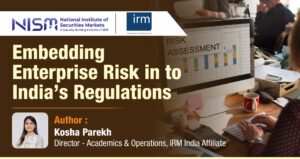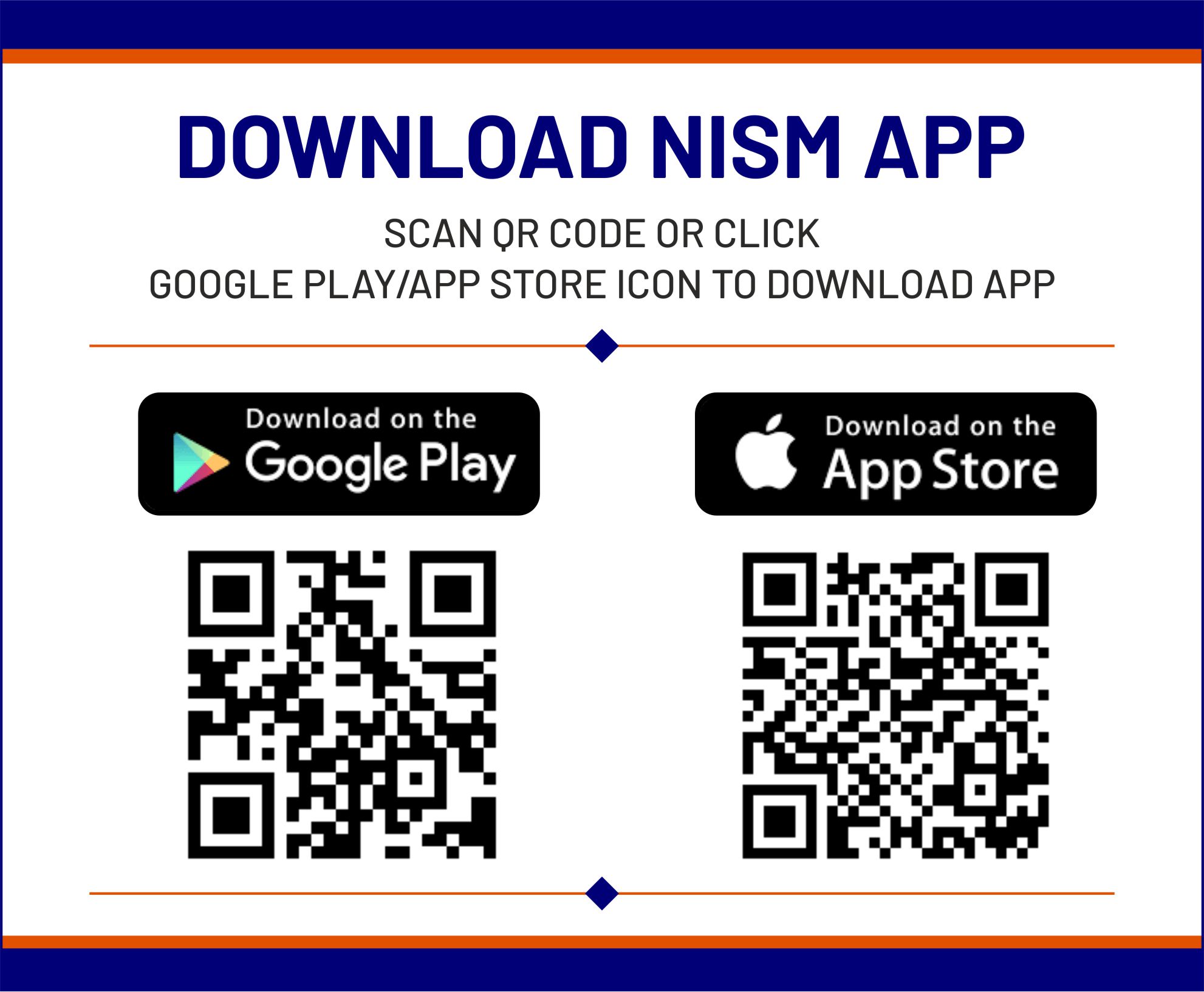DGCA’s Draft Fatigue Risk Management Guidelines: A Strategic Advancement for Enterprise-Wide Risk Thinking in Aviation

When people hear the term “risk management,” they often associate it with financial markets, insurance, or corporate governance. In reality, risk is omnipresent — embedded in daily operations, decision-making, and strategic planning across every sector.
Recognizing this truth, India’s Directorate General of Civil Aviation (DGCA) has issued draft guidelines for implementing a Fatigue Risk Management System (FRMS) in airlines — an initiative that reflects how risk governance is expanding across sectors to protect people, operations, and public trust.
A Shift from from Compliance to Integrated Risk Governance
Historically, pilot fatigue was managed through prescriptive measures: fixed flight duty periods, mandated rest requirements, and strict duty-hour limits. While these measures created a baseline of protection, they often failed to account for evolving operational complexities such as cumulative fatigue, unpredictable delays, irregular disruptions, and the unique dynamics of each route or crew schedule.
FRMS represents a more sophisticated, performance-based approach. It uses data and science to monitor fatigue, assess risk in real time, and take early action to prevent incidents. Crucially, this shift reflects the essence of Enterprise Risk Management (ERM): integrating risk considerations into strategic and operational decision-making so that organizations can anticipate threats, capitalize on opportunities, and build resilience — going well beyond simple compliance
Risk Management Beyond Finance: Aviation as a Case Study
The implementation of FRMS demonstrates that risk management is not a financial function but an enterprise-wide discipline. Fatigue is not just a “crew welfare” issue — it is an operational risk with the potential to impact passenger safety, airline reputation, and financial performance.
The Institute of Risk Management (IRM), headquartered in the UK, established in 1986, is the world’s leading professional certifying body for Enterprise Risk Management (ERM) qualifications, training, and examinations. IRM has long advocated for such a holistic approach, where risks are assessed, prioritized, and mitigated across all functions. The DGCA’s FRMS guidelines illustrate this shift in practice: treating fatigue not as an isolated regulatory metric but as a strategic risk that must be governed with the same rigor as financial or cyber risks.
Embedding Risk Culture: Safety as a Core Value
IRM defines risk culture as the collective values and behaviors that shape how risk is perceived and acted upon. Successful FRMS implementation will depend on building a culture in which:
- Crew members feel empowered to report fatigue truthfully, without fear of punitive action.
- Management treats fatigue reports as a driver of continuous improvement rather than an operational
inconvenience. - Leadership consistently reinforces that safety is non-negotiable, even when weighed against commercial
pressures.
This mirrors IRM’s emphasis on the “tone at the top” and shared accountability — ensuring that risk awareness is embedded in daily decision-making rather than confined to manuals and compliance checklists.
Clarifying Risk Appetite: Balancing Safety and Operations
ERM also calls for clarity on risk appetite — the amount and type of risk an organization is prepared to
accept to achieve its objectives. For airlines, this means explicitly defining:
- What levels of fatigue-related risk are tolerable?
- When should schedules be restructured, or flights rescheduled, to protect crew alertness?
- How should operational and commercial impacts be weighed against long-term safety outcomes?
By formalizing their risk appetite, airlines create decision-making clarity for crew schedulers, operations managers, and executives, ensuring consistency across the organization and reinforcing passenger safety as a strategic priority.
Risk Management Standards: Governance and Continuous Improvement
The DGCA’s draft guidelines call for formal documentation, clear approval from accountable managers, and ongoing monitoring — all of which reflect global risk management standards and IRM’s framework for embedding risk governance into organizational processes.
An FRMS is not a one-time compliance exercise; it is a living system that must evolve with operational data, integrate scientific insights, and improve through lessons learned. This continuous-improvement cycle is central to IRM’s approach: risk management is a dynamic capability that strengthens organizational resilience over time.
Implications for Airlines, Regulators, and Passengers
- For airlines, implementing FRMS may require upfront investment in technology, training, and analytics.
However, the long-term benefits are substantial: fewer fatigue-related incidents, more resilient operations,
and enhanced stakeholder trust. - For regulators, FRMS represents a move toward performance-based oversight — encouraging innovation
and accountability rather than relying solely on prescriptive rules. - For passengers, it offers reassurance that their flight crew are well-rested and supported by scientifically
validated safety systems.
Aviation’s Journey Toward Risk Intelligence
India’s aviation industry is one of the fastest-growing globally, bringing both opportunity and complexity. The introduction of FRMS marks a step toward a risk-intelligent aviation ecosystem, where safety decisions are informed by data, foresight, and governance rather than simple rule adherence. This evolution mirrors trends in other industries, where organizations are embedding ERM into their strategies — not to eliminate risk, but to manage it intelligently, protect stakeholders, and create sustainable value.
Lessons for Every Sector
The DGCA’s FRMS guidelines offer more than a technical roadmap for airlines — they present a blueprint for modern risk governance. By aligning with IRM’s principles of Risk Culture, Risk Appetite, and Risk Management Standards, this initiative demonstrates how structured, enterprise-wide risk thinking can prevent incidents, strengthen resilience, and build public confidence.
Effective risk management is about making better-informed decisions under uncertainty. By institutionalizing FRMS, India’s aviation sector is not only enhancing flight safety but also modeling how other industries can embed ERM into their operations — turning risk from a compliance obligation into a source of strategic strength.
For professionals and students, the expanding scope of ERM means that developing risk management expertise can greatly enhance one’s ability to contribute to any industry. Regulators in India – from SEBI in finance to DGCA in aviation – are reinforcing the need for risk-resilient business environments and higher standards of governance. This has created demand for managers who not only understand their domain, but also understand how to integrate risk management into that domain. Educational initiatives are rising to meet this demand. For example, the National Institute of Securities Markets (NISM) and the Institute of Risk Management (IRM) India Affiliate, have jointly launched the Enterprise Risk and India Regulation Course (ERIRC), aimed at equipping professionals with a comprehensive understanding of ERM and regulatory compliance across sectors. Such courses cover key areas like risk policy, appetite, and culture, helping practitioners see the connections between, say, managing operational risks in an airline and complying with risk regulations in banking. By upskilling through structured ERM education, professionals. can better contribute to developing strong risk cultures in their organizations and drive risk- informed decision making.
Author: Kosha Parekh, Director – Academics & Operations, IRM India Affiliate

